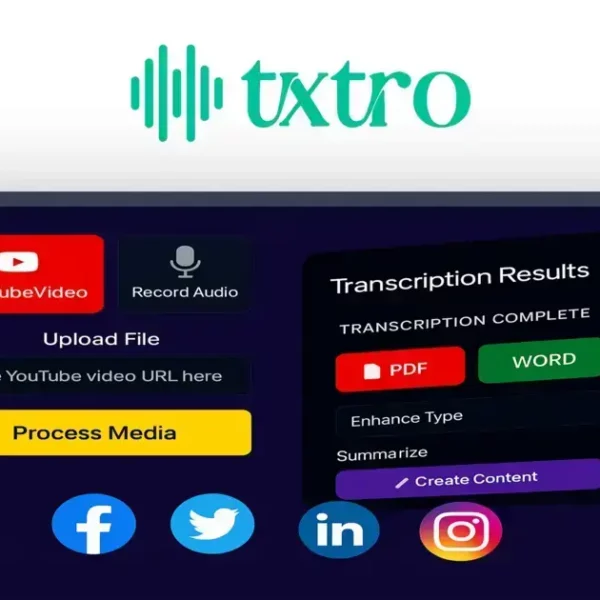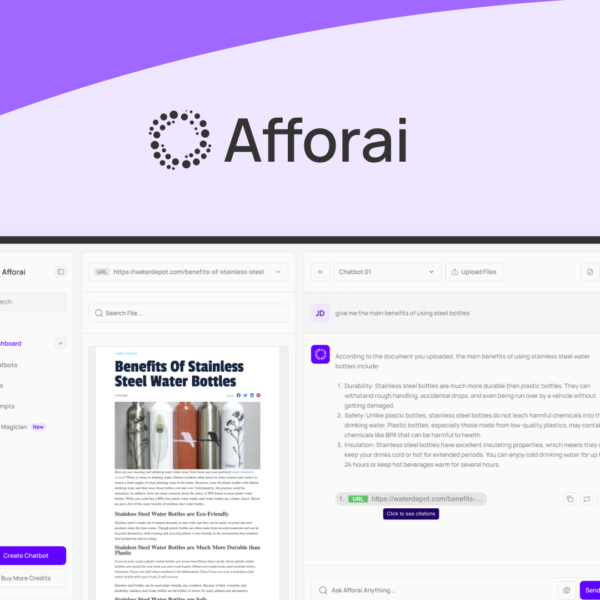Looking for a way to leverage SaaS for your business? Lifetime deals could be the answer! But how do you pick the right one? Let’s dive in!
Research the Developer’s Background
When looking for a SaaS product, it’s important to research the developer’s background. Knowing who is behind the software can help you make a better choice.
Start by checking the company’s website. Look for information about their team and experience. A strong team with a solid track record often means a reliable product.
Read Reviews and Testimonials
Look for real users’ feedback online. Reviews can give you insights into the product’s strengths and weaknesses. It’s a good idea to read multiple reviews to get a balanced view. Look for consistent comments about customer service quality and product performance.
Evaluate Their Support Options
How a developer handles support can tell you a lot. Check if they offer easy access to help through chat, email, or phone. Reliable support can make a big difference if you run into trouble.
If possible, find out how quickly they respond to questions and issues. Good developers often provide timely support and updates, showing they care about their users.
Check Their Transparency
Transparency about pricing, features, and limitations is key. A good developer will openly share this information. If they seem vague or defensive, it can be a red flag.
Look for clear documentation as well. Well-documented software makes it easier for you to understand how to use it and troubleshoot later.
Investigate Their Company History
Explore the company’s history too. How long have they been in business? Have they launched other successful products? A history of success often indicates a trustworthy developer.
By doing your homework on the developer, you can choose a SaaS product that’s reliable, supported, and suited to your needs.
Check Recent Features and Updates

Checking the recent features and updates of a SaaS product is vital. You want to know how the software evolves over time. New features can make a significant difference in how you use the product.
Stay Updated with news and releases from the developer. Most companies share this information on their websites or newsletters. Sign up for updates or follow them on social media to get the latest news.
Look at the Changelog
A changelog is a document that lists all changes made to the software. It shows new features, bug fixes, and other improvements. Regular updates indicate a healthy, active product. Check if the updates are frequent; this often means the developers are committed to fixing issues and adding value.
Read User Feedback
User feedback is another valuable source of information. See what current users say about the new features. Sometimes changes can upset the existing workflow. User reviews can help you understand what works and what doesn’t in real scenarios.
Evaluate Feature Relevance
Think about how these new features apply to your needs. Just because a feature is new doesn’t mean it’s necessary for you. Choose features that genuinely add value and assist in your tasks.
Also, assess how user-friendly new updates are. Complex features can require additional training or support, which may not be worth it for you.
By keeping an eye on recent features and updates, you ensure that the SaaS product you choose aligns with your business goals and helps you succeed.
Review the Product Roadmap
Reviewing the product roadmap of a SaaS tool can provide great insights. A product roadmap shows you where the software is heading and what features are planned.
Understand Future Goals. A clear roadmap gives you an idea of the company’s direction. It shows which new features are upcoming and how they align with trends in the industry.
Check for Timelines
Timelines on the roadmap tell you when to expect these updates. Knowing when new features will roll out helps you plan for changes. If the company misses deadlines often, that could be a concern.
Evaluate User Requests
Good roadmaps will often include features based on user input. This shows the company listens to its customers. A developer that embraces feedback usually builds better products.
Look for Flexibility
Sometimes, priorities change. A flexible roadmap might adapt to new demands or technology shifts. This adaptability can mean the software stays relevant and useful over time.
Reviewing the product roadmap helps you decide if the SaaS product fits your long-term needs. It ensures you choose software that will grow and evolve with your business.
Engage with Customer Support

Engaging with customer support is key when considering a SaaS product. Good support can make your experience much better. If you run into issues, reliable help is crucial.
Check Support Channels. Find out how you can reach support. Look for options like live chat, email, or phone support. Multiple channels offer flexibility and quick assistance.
Test Response Times
Before committing, test how fast they respond. Send a question during business hours and see how quickly they reply. Quick responses show that the company values its users.
Read User Experiences
User reviews often include comments about customer support. These insights can help you understand what to expect. A product may be great, but poor support can lead to frustration.
Gauge Knowledge and Friendliness
When you contact support, pay attention to how knowledgeable and friendly they are. Helpful, polite staff can make a tough problem seem easier. Good customer support can enhance your overall experience with the product.
Engaging with customer support gives you peace of mind. It shows that the company stands behind its product and cares about its users.
Assess Current or Upcoming Needs
Assessing your current or upcoming needs is crucial when choosing a SaaS product. Every business has unique needs that change over time. Understanding these needs helps you pick the right software.
Identify Key Functions. Start by making a list of what your team needs. Consider tasks that are time-consuming or poorly managed. Understanding these gaps helps you find software that fills them.
Plan for Future Growth
Think ahead. Will your business grow in the next year or two? A product that works now might not scale later. Choose software that can grow with you, adding features as needed.
Gather Team Input
Talk to your team about their needs. They use the tools daily and can provide valuable insights. Gather feedback on what features they find helpful or lacking.
Consider Budget
Assess how much you can spend on SaaS solutions. While it’s tempting to choose the cheapest option, consider the value it brings. Investing in good software can save money and effort in the long run.
Finally, compare different products. Look for one that meets your current needs and has the potential to adapt as your business grows.




